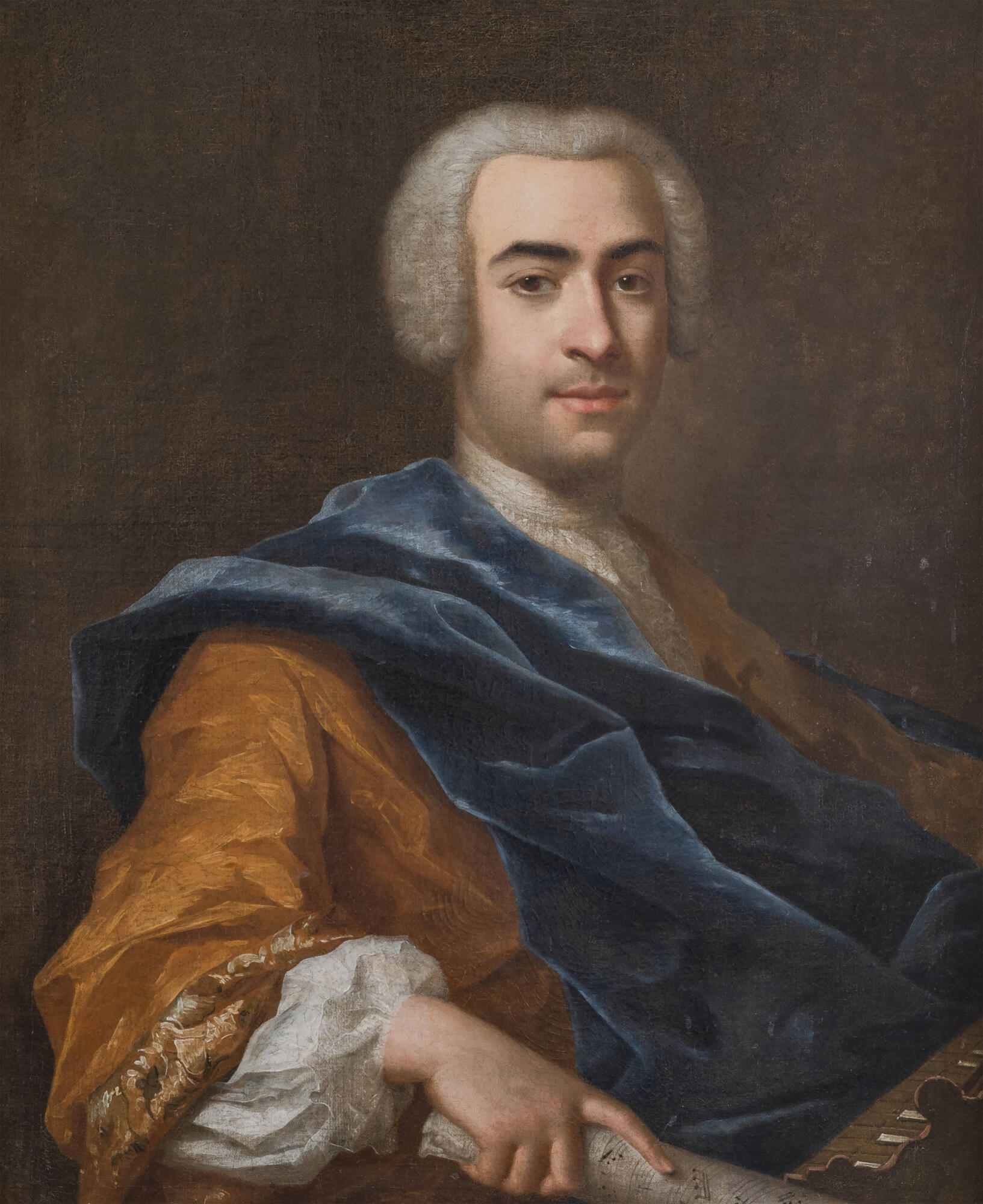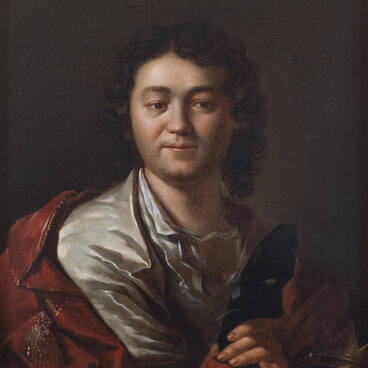In 1735, Empress Anna Ioannovna invited the Italian composer Francesco Araja to Russia. He arrived in the country together with his opera troupe consisting of singers, musicians, ballet dancers, a stage designer, a stage setter, and other members of theater staff. All members of the troupe signed a five-year contract. They were then accommodated in government-owned apartments in the old Winter Palace and began to prepare their shows that would introduce the Russian public to opera.
A year later, the history of the Russian theater was marked by an important event — the premiere of Francesco Araja’s opera in Russian. The libretto was translated by the Russian poet Vasily Trediakovsky. The sets for the opera “The Power of Love and Hatred” were designed by Giuseppe Valeriani, who was known as “the first historical painter <…> at the Russian Imperial Court.”
In 1751, Francesco Araja composed the opera “The Clemency of Titus” to the Russian libretto by Fyodor Volkov. Four years later, the libretto by Alexander Sumarokov was used for the opera in three acts “Cephalus and Procris”, which, at the request of Empress Elizabeth, became the first opera performed by Russian singers.
Throughout the twenty-four years of his career at the Russian court, Francesco Araja and his troupe staged fifteen operas. The composer was a welcome guest in the homes of the aristocracy, he was even known to tutor Empress Elizabeth herself. When he returned to Italy, Francesco Araja continued to receive an allowance from the Russian monarchy.
The name of Francesco Araja is associated with the establishment of the Russian opera. His achievements laid the foundation for the Russian opera traditions. Araja’s compositions had a great influence on such major composers as Giovanni Paisiello and Domenico Cimarosa who would become his successors in Saint Petersburg.
The Museum of Theater and Art houses a portrait of Francesco Araja. In the 18th century, the painting adorned the Saint Petersburg residence of Count Nikolai Petrovich Sheremetev, who owned the best serf theater in Russia.
A year later, the history of the Russian theater was marked by an important event — the premiere of Francesco Araja’s opera in Russian. The libretto was translated by the Russian poet Vasily Trediakovsky. The sets for the opera “The Power of Love and Hatred” were designed by Giuseppe Valeriani, who was known as “the first historical painter <…> at the Russian Imperial Court.”
In 1751, Francesco Araja composed the opera “The Clemency of Titus” to the Russian libretto by Fyodor Volkov. Four years later, the libretto by Alexander Sumarokov was used for the opera in three acts “Cephalus and Procris”, which, at the request of Empress Elizabeth, became the first opera performed by Russian singers.
Throughout the twenty-four years of his career at the Russian court, Francesco Araja and his troupe staged fifteen operas. The composer was a welcome guest in the homes of the aristocracy, he was even known to tutor Empress Elizabeth herself. When he returned to Italy, Francesco Araja continued to receive an allowance from the Russian monarchy.
The name of Francesco Araja is associated with the establishment of the Russian opera. His achievements laid the foundation for the Russian opera traditions. Araja’s compositions had a great influence on such major composers as Giovanni Paisiello and Domenico Cimarosa who would become his successors in Saint Petersburg.
The Museum of Theater and Art houses a portrait of Francesco Araja. In the 18th century, the painting adorned the Saint Petersburg residence of Count Nikolai Petrovich Sheremetev, who owned the best serf theater in Russia.



